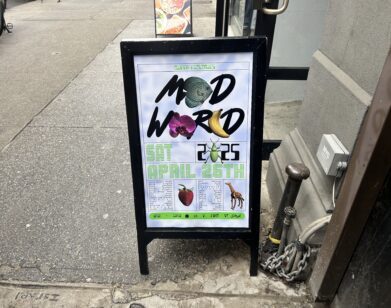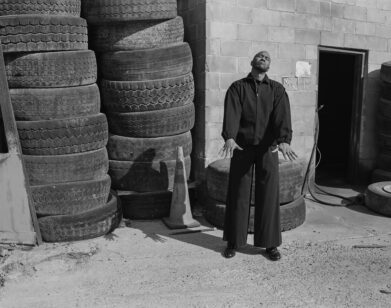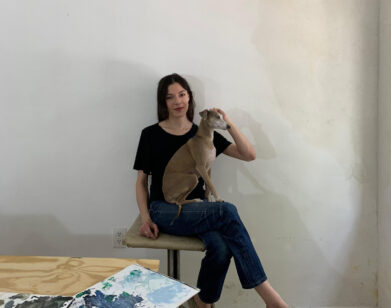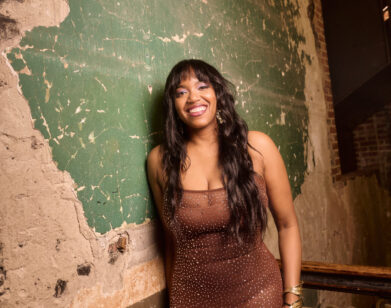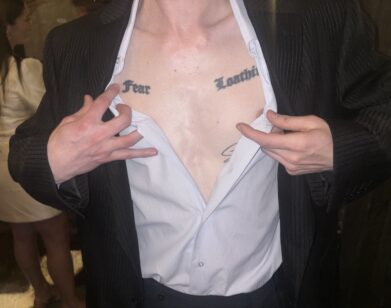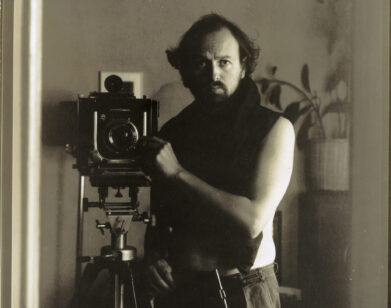IN CONVERSATION
Brandon Ralph Tells Gail Buckland About His American Experiment
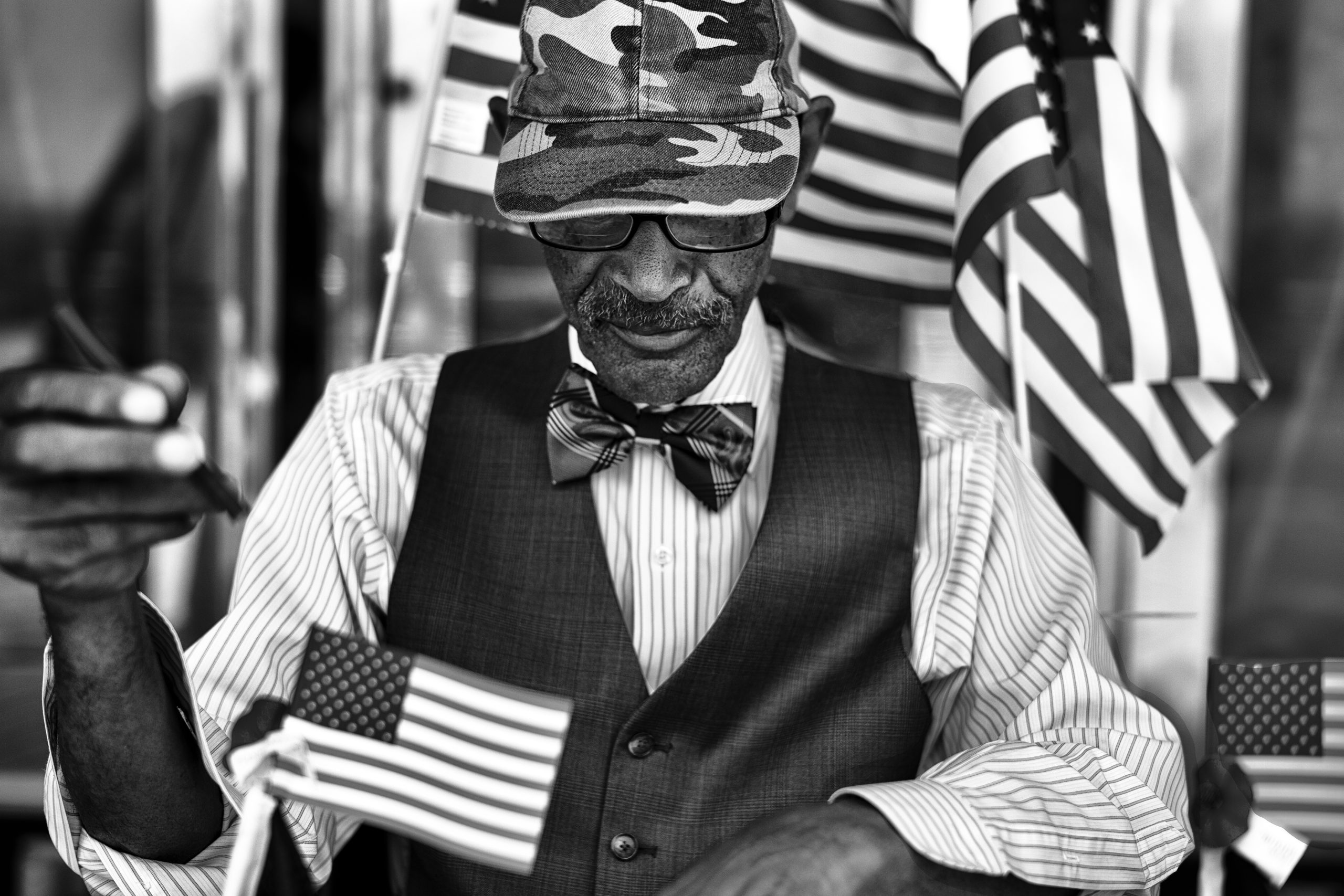
Atlantic City, NJ.
How do you capture the idea of America? This question, among others, is the central theme in Brandon Ralph’s latest project, titled The American Experiment. The New York-based photographer traveled throughout the U.S. to document the people and motifs that make up this nation. By investigating the notion of patriotism, Ralph challenges what it means to be an American and the symbols that this country represents. To discuss his traveling journeys and the inspiration for the project, Brandon Ralph sat down with his friend and fellow artist Gail Buckland.
———
GAIL BUCKLAND: Oh, hi.
BRANDON RALPH: Hey, Gail.
BUCKLAND: As a photographic curator, historian, and writer, I think a lot about photography. Let’s start with something that Holland Cotter, art critic for The New York Times, said: “Photography is the common language of modern history. It’s everywhere, and everyone in some way understands it.” I want to know what started you on this photographic journey across and into America.
RALPH: Well, the project started, in a lot of ways, much earlier on in my life. The inspiration began as a young kid. I was raised on welfare by a single mom, growing up in middle-class America, and I used to drive around with my mom for work. I remember seeing such a disparity of wealth, and such a diversity of ethnicities, races, and cultures living in such close proximity to each other. It really opened my eyes early to the different ways Americans lived from town to town and sometimes even block to block. In 2007, I began the project while traveling around the U.S for work. I would be landing in major cities and driving out to corporate offices and once again I would see what I saw as a kid, but this time, it was state to state and city to city. I instantly became fascinated.
BUCKLAND: That’s terrific. The work covers, if not all 50 states, so much of America, and you have titled your project The American Experiment, which you divide into three different sections, The Idea, The People, The Land. Each photograph in this first section has an American flag, but that’s really where the similarities end. There’s nothing that holds America together except an idea. But, my question, is how do you photograph an idea? What does it mean to you as an artist when you incorporate the stars and stripes into your pictures?
RALPH: I think the flag is a constant symbol. It’s what unites us as a country. I think I’ve always seen America as a place that has attracted many diverse cultures living under one roof. In a lot of ways, I believe it’s sewn into the fabric of our lives. As early as I can remember, we sang the Pledge of Allegiance in school. Flags are everywhere. When I started to think about it, it’s almost this subliminal message. It’s supposed to remind us that we’re all here living in this experiment together. There’s the implied intent or message that’s in association with the flag. But, in any of these cases, I believe that it creates a varied mix of emotions, ranging from nostalgia to pride, to patriotism, to mourning, to anger.
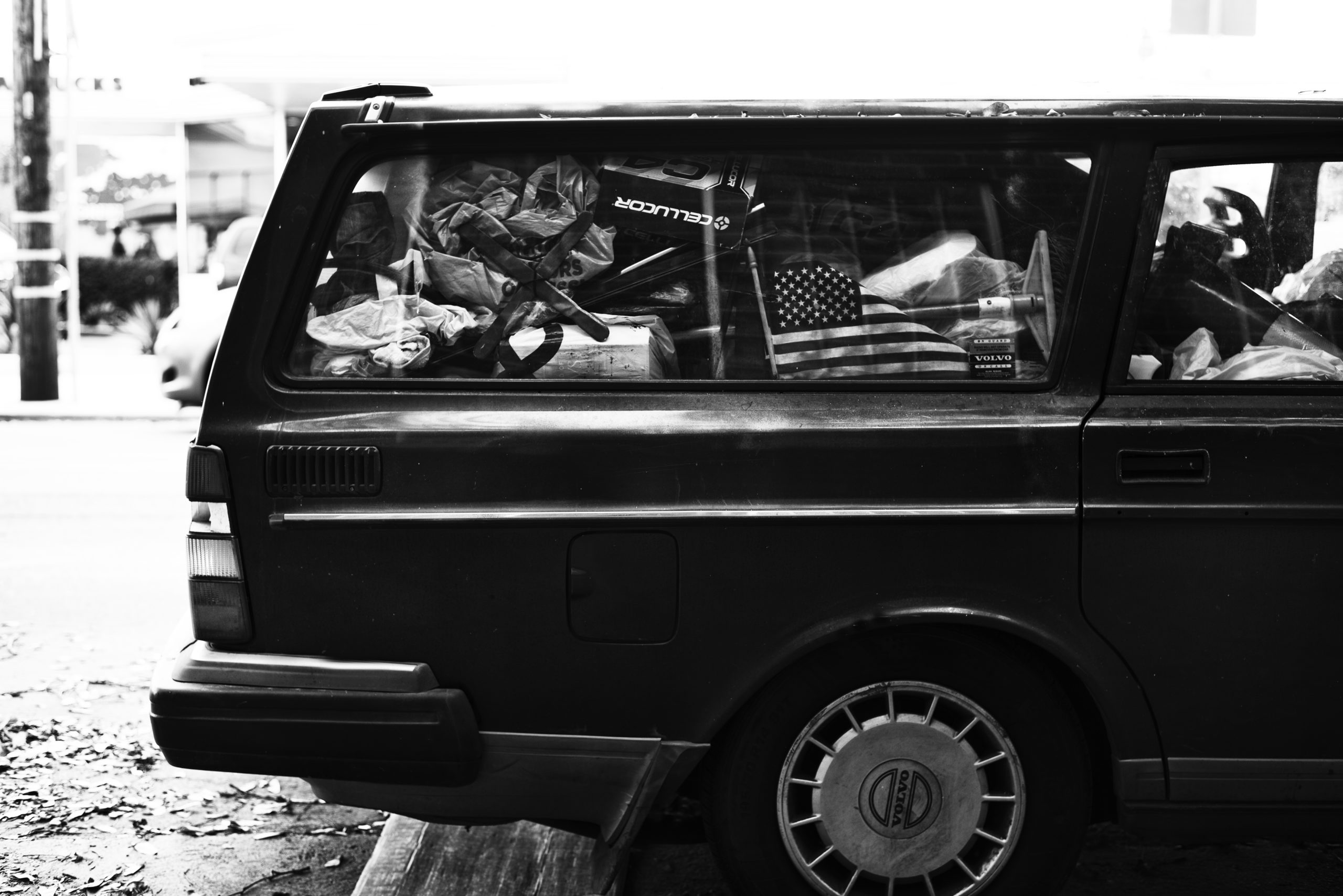
Los Angeles, CA.
BUCKLAND: You’ve expressed that so well. There’s such complexity in these pictures because even if the flag itself is a constant. Every way it’s juxtaposed creates a new kind of nostalgia. I mean, the penny candy shop with the “for sale” sign, with the flag in the window, or there’s a photograph from Little Rock, and there’s a Budweiser sign that purports to be a different type of flag, and yet the tattered American flag hangs in front of the liquor store. One after another, the flag just seems to both say it’s a symbol that unites us, but please look at specifics as well. Maybe it’s because of your photography being so specific when it comes to photographs of the flag, each one makes us feel something different. It’s not patriotic. I’d say that it’s more a challenge to understand what this American experiment is, in all its complexity, in all of its diversity.
RALPH: Exactly. The flag is so clearly open to a lot of interpretation and the specific meaning is so informed by how and where it’s being used. Capturing the flag in all of its forms creates this vast canvas. They all tell different stories, and in my mind, they reinforce this idea of America.
BUCKLAND: Absolutely. Your photography draws attention to this much more reflective, much deeper meaning of America. Going on to the next section, The People. Your photographs of people are so tender, so generous. You never look down. You look out. One of my favorite quotes is by the filmmaker Wim Wenders. He said that “the most political decision you make is where you direct people’s eyes.” When I look at your photographs of people, I feel connected to them as you connect emotionally with others. The overwhelming sense of the human condition, mine, yours, theirs, is powerful and poignant and deeply moving. But, what is it about you, your past, where you are now in your life, and where you’re going, that allows for this deep compassion and recognition of the individuality of others?
RALPH: Starting with my past, I had a lot of loss in my life. I lost my dad and my mom at 18 and 19. Over the next year losing my grandma and a very dear friend and roommate. So, I’ve always said that at such a young age, I was given the gift of loss to have an appreciation for life. Which guides me to shoot with this idea of hope and optimism.
BUCKLAND: I want to know what you see in the social and cultural changes as you go around the country, year after year. What are you witnessing?
RALPH: Let me just start with this. I tend to shoot through this lens of nostalgia to continue the conversation that was being told before me. I think that there is this natural juxtaposition with the photos feeling nostalgic in modern times makes the viewer question what has changed over the last half-century. I think about the modern role of the father or the prevalence of same-sex partners which I acknowledge through my travels that it’s not the same in all 50 states, but I think that also reinforces what the project’s about. America has always been a place of change, changing at different rates. Not always for the better or worse. But, one thing I have captured is change.
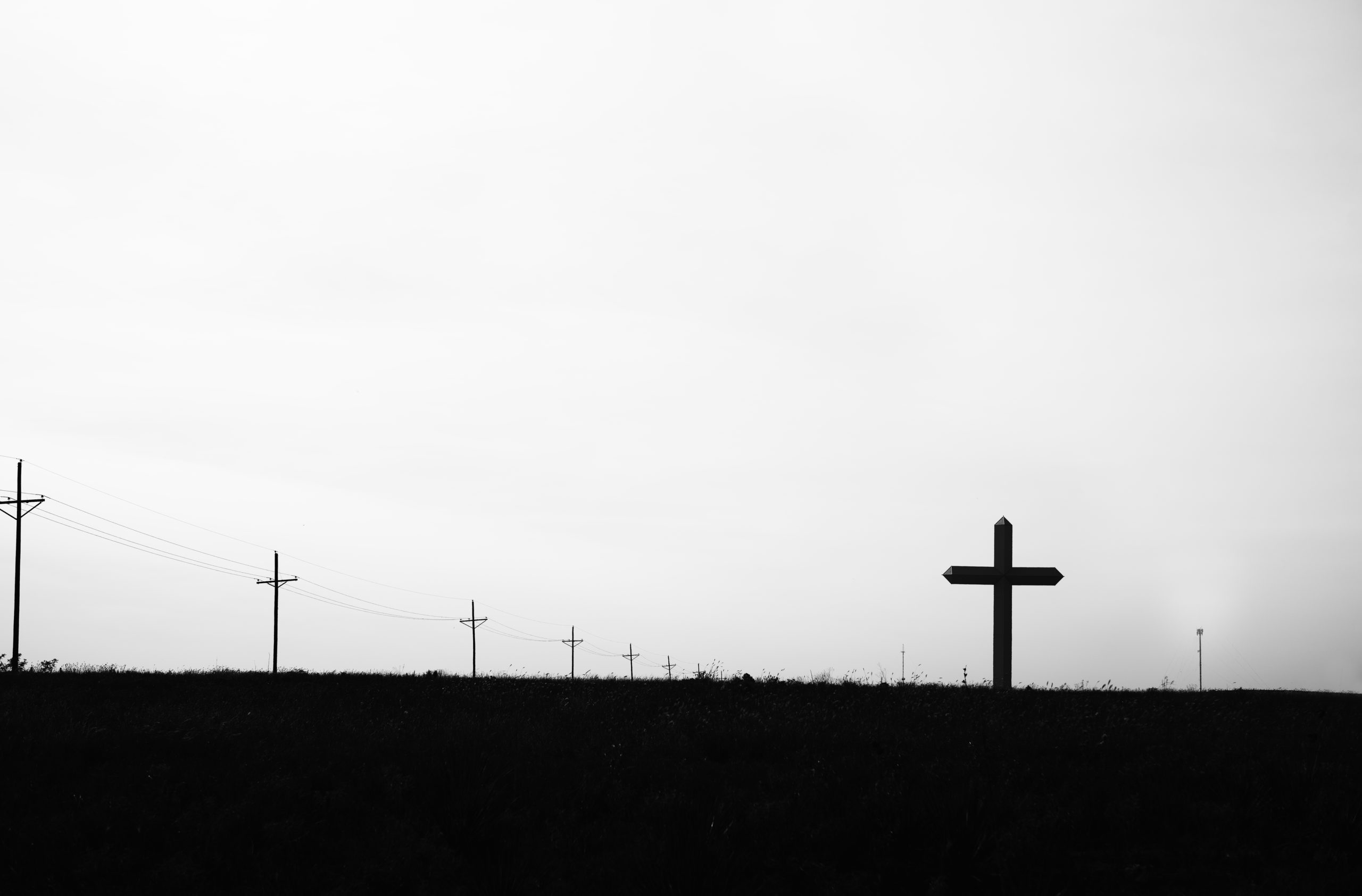
Groom, TX.
BUCKLAND: The third section of the book is the Land, which is in some ways why people came to America, because there was so much land, so much open space. There was so much possibility. But, in your photographs, there’s none of that pure landscape in the art historical sense, the traditional transcendental view of the land as a place for spiritual renewal. These photographs, each pondering how we’ve transformed the American landscape, are so physical, palpable, and poetic. Tell me about those long and lonely trips and how your vision of the land evolved and how you evolved as an artist.
RALPH: The definition of the land is everything on Earth besides water. I never saw myself as a landscape photographer, but I thought it was important to capture the hand of man. America is big and vast and I wanted to see our reach. In my travels, I would always have these preconceived notions of what a place and the people who lived there would be like and I was always so fascinated with what I thought they would be like and what they were like. I was in my head. I was in my thoughts, but I never felt lonely.
BUCKLAND: Wow. It’s hard to get my head around the vastness of America, and you’re setting out with this deep looking. Do you experience the world differently with a camera?
RALPH: When I have my camera with me, regardless of if I’m shooting, there is this natural awareness to my surroundings.
BUCKLAND: You simply are taking control of your own art by focusing, by thinking, by waiting, by having patience. You work in a great tradition, and I applaud your devotion to looking at your country at this moment in time. But your project’s ongoing. Tell me why this one project is not the end of your journey through America. It’s just the beginning, actually.
RALPH: It’s the first part. America’s big. It’s vast and varied. In the beginning, it was daunting. You’re like, “How am I going to spend these trips, and how am I going to see all of America?” The beauty of The American Experiment and capturing change is you need time for change to occur, so naturally the two things work well together.
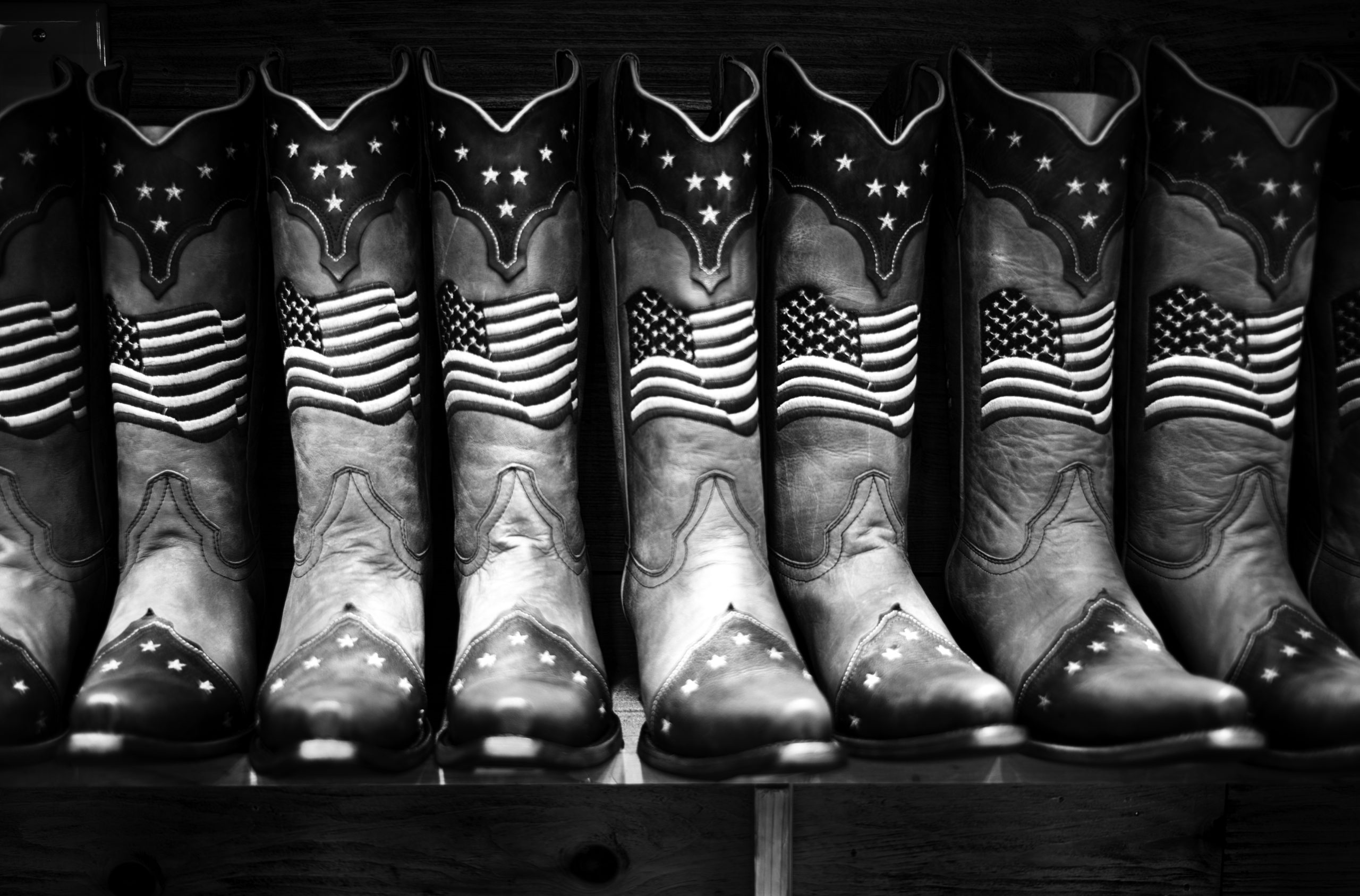
Santa Fe, NM.
BUCKLAND: I think that is called a life’s work.
RALPH: A life’s work. Certainly what I need.
BUCKLAND: Well, I think we’re all interested to see not just how America changes, but how you might evolve as a photographer. In my mind, your work triggers “an America of the imagination.” Could you talk a little bit about what went through your mind and heart, taking the photographs that resulted in The American Experiment?
RALPH: There are surprises in life, and there are surprises in experiments. America presents an incredible canvas to capture, love, hate, pain, curiosity, family structures, cultural constructs under one roof. I am constantly getting surprised and disappointed, but it’s the thing that keeps driving me to shoot.
———
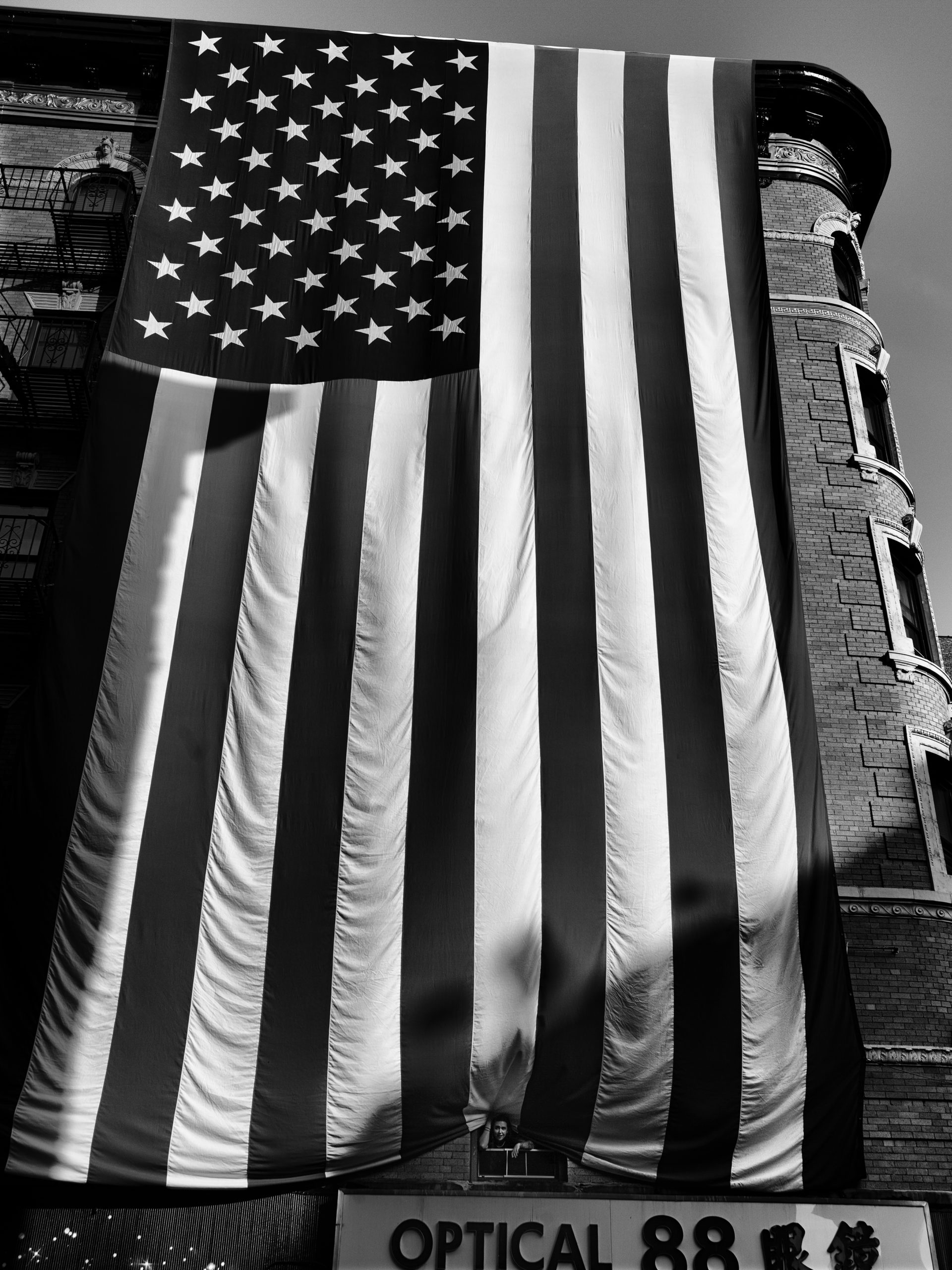
New York, NY.

